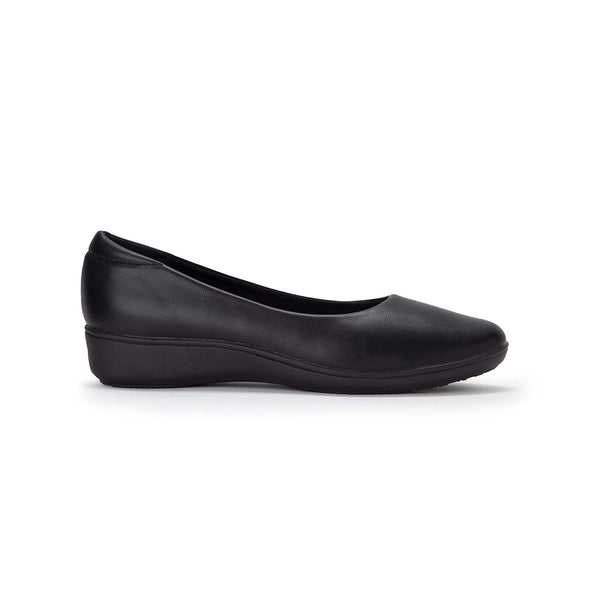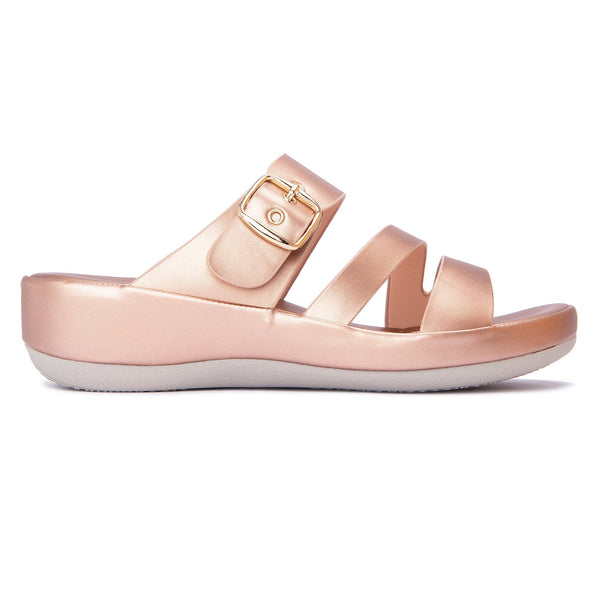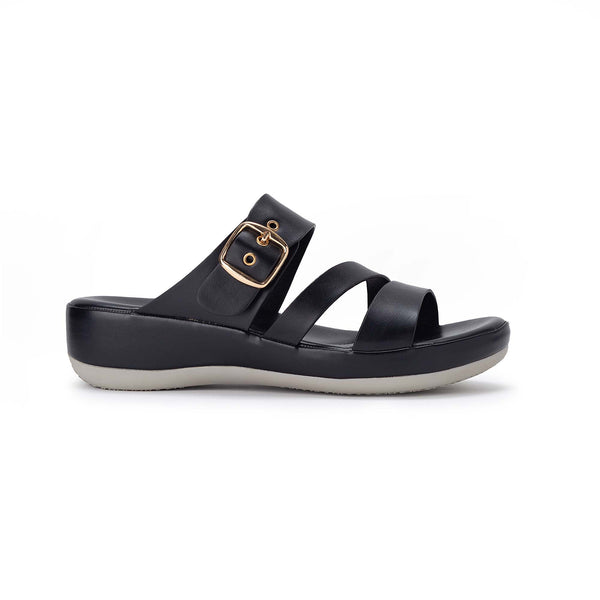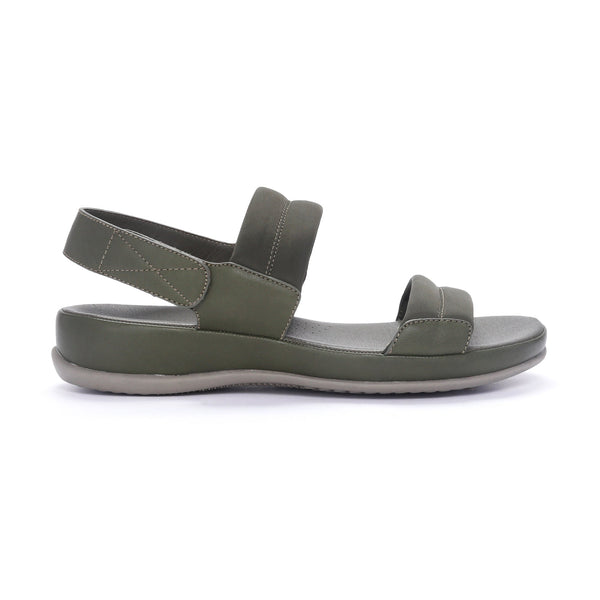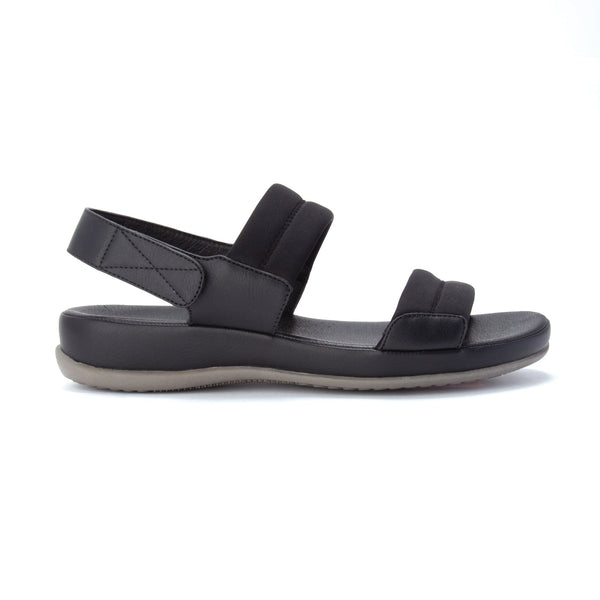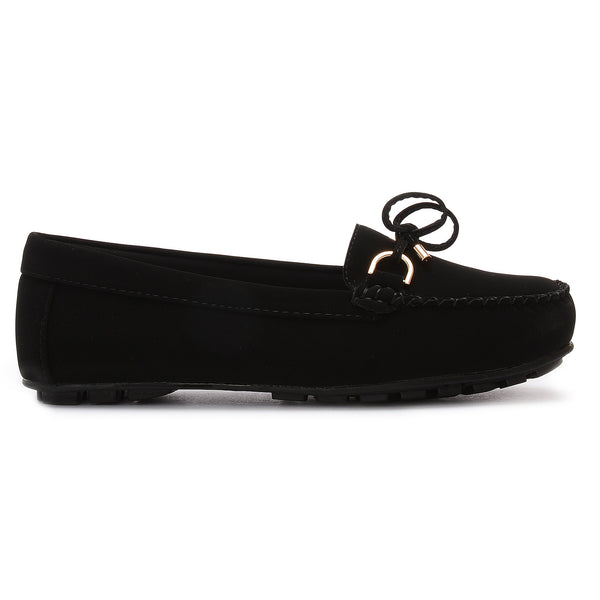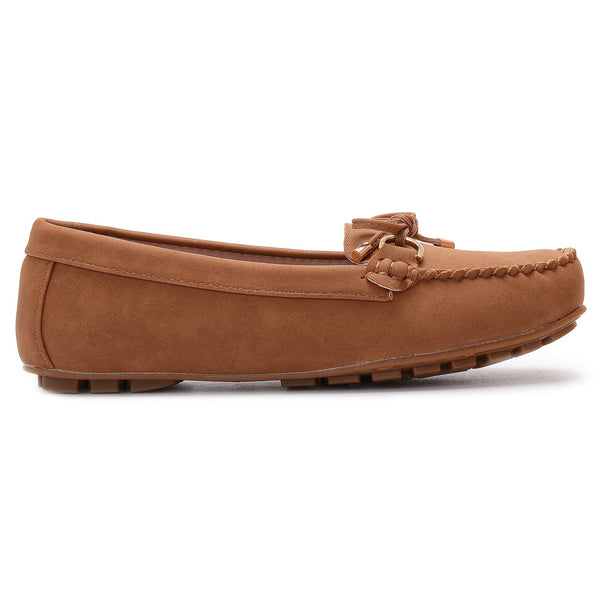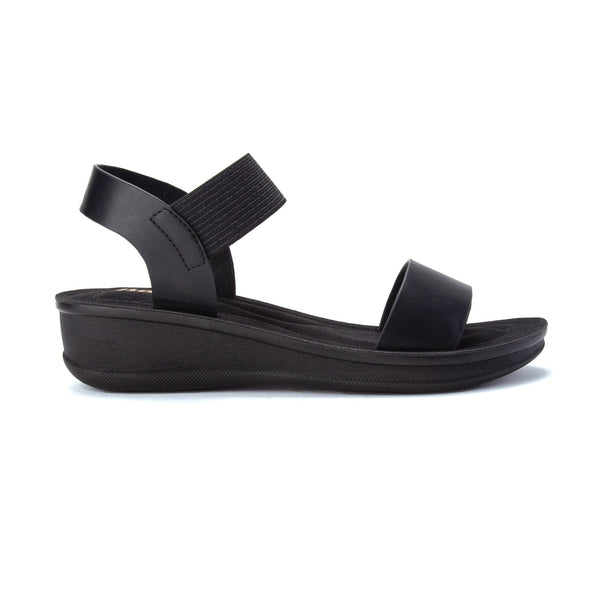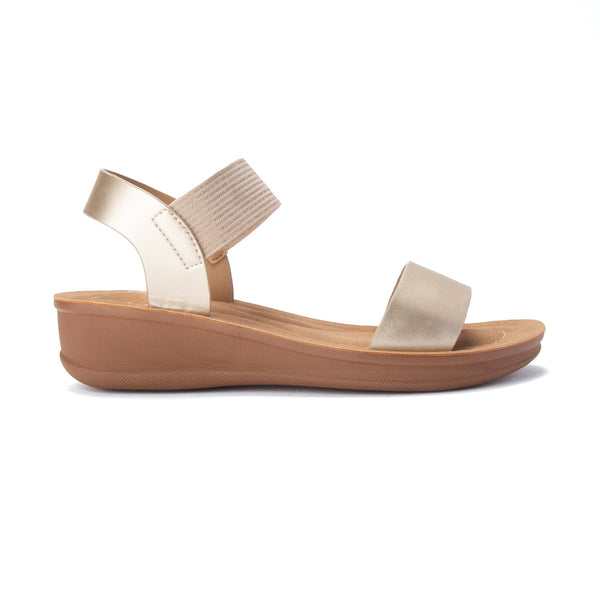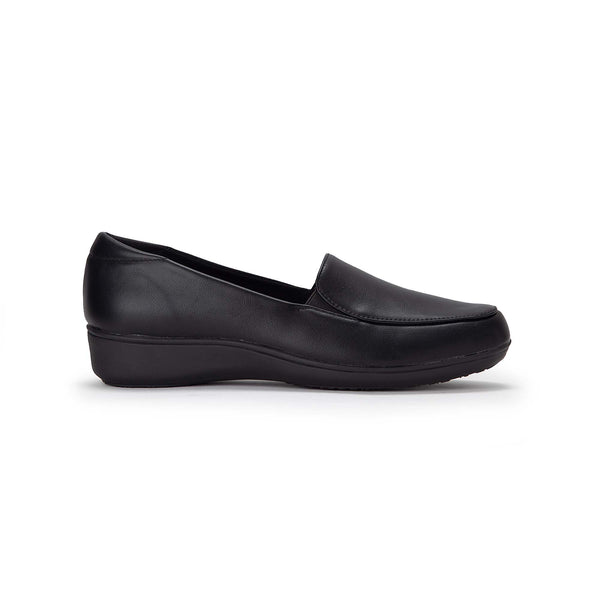Running is a highly accessible form of aerobic exercise, so it is easy to understand why more and more people are discovering the joys of lacing up a pair of running shoes and getting out there. That said, if you’re new to running or just curious to learn more about it, you might have a few questions about the best way to approach this activity.
Fortunately, if you follow some basic best practices (more on that below), all you need to enjoy running is a good pair of running shoes and a bit of willpower. Now the willpower part is up to you, but we can certainly help when it comes to finding the best shoes to suit your needs. In addition to keeping your feet comfortable while you run, we’ve also got some great tips for getting the most out of the time you spend running.
What differentiates running shoes from other athletic shoes
Understanding that running is distinct from other activities and requires specific foot movements is essential. Due to the demands it places on the body, running shoes are designed to offer optimum comfort and protection. Running shoes provide the best support for your feet, legs, and body from the repeated impact that running entails. In addition, men’s and women’s running shoe brands have developed built-in features enabling you to cover longer distances more comfortably and elevate your run.
Compared to athletic shoes intended for walking, running shoes tend to have a high toe spring to allow lift off, a cushioned midsole and enhanced stability features. Since running is a more intense activity than walking, runners tend to exert more energy. As such, most running shoes are made of mesh or other light materials to allow air to move freely and keep your feet at a comfortable temperature.

Tips for beginners and novice runners
If you’re just starting out, here are a few points to keep in mind!
Fuel and hydrate properly
Running, especially in the heat, tends to get sweaty quickly. And chugging a litre of water right before your run will only give you cramps. Instead, prepare for a run at least a day or two in advance by slowly increasing your fluid intake to ensure you’re adequately hydrated. Also, be mindful of your eating schedule. You should give your body a few hours to digest following a larger meal, while easy-to-digest snacks like fruit or toast can be a good option if you’re feeling hungry closer to heading out (within 30-60 minutes).
Start with short and (relatively) slow runs
Pushing things too hard is an easy way to get yourself injured and lose your enthusiasm for running. Instead, you should run at a pace that you’d be able to maintain a conversation and start slow. You can, for example, start with intervals of running for 3 minutes, walking fast for 1 minute, and then gradually increase every other days the minutes you run to 4, 5, until you get to 10. Beginners are advised to continue with 10 minutes running, 1 minute fast walking over several months. This might feel slow initially, but you’ll see progress in no time if you stick with it!
Remember that your body needs time to recover
Running can make you feel amazing—invincible even! And although that is a feeling to be cherished, it is also important to check yourself. This is especially true in the beginning when you’re still learning to listen to your body. After a run, then take one or two days off to recover, stretch it out, and observe how your body responds to the change in movement.
Get the right shoes for the milage you want to cover
So, are you ready to get out there and give it a go or to boost your performance? Whether you are planning to run high mileage, low or medium, there is a shoe to suit every runner! With this in mind, let’s look at the features you need for the distance you’re planning to cover and some additional tips you can use to achieve running success.

Long-Distance Running Shoes
For long distances, you want a more cushioned running shoe that can provide maximum support and comfort while you rack up the miles. High-cushioned shoes absorb impact and protect your feet from blisters and chaffing. A higher toe spring (when the toe end of the shoe rises upward) is also common in long-distance shoes as it allows you to roll off the front of the foot more easily.
Some qualities to look for in long-distance/ cushioning sneakers:
- Mid- to high-toe spring
- Supportive cushioned midsoles
- More volume in the heel of the midsole for better cushioning
- Rubber outsoles with tread pattern for traction
- Breathable mesh or knit upper with reinforcement pieces in key areas
An excellent option for those who love racking up miles in comfort are Power Plazma running shoes. With Plazma technology, these performance running shoes offer enhanced cushioning and stability thanks to an EVA midsole with specialised features such as gel and dual-density foam. They also have full rubber EVA outsoles for traction and a medium heel-to-toe drop. Plus, they’ve got a little extra volume in the midsole heel for a smoother and more comfortable feel.
Mid-Distance Running Shoes
For mid-distance running, you’ll benefit from a more flexible training shoe with excellent rebound. As this is your mid-range or ‘average’ running shoe, you should look for something characterised as a ‘road running shoe.’ This type of shoe will have the right amount of cushion to ensure your feet are comfortable while covering mid-length distances. This is also the category where you will find a good balance of not too firm and not too soft.
Top qualities to look for in mid-distance running shoes:
- Midsoles offering excellent rebound and lightweight
- A bit of volume in the heel of the midsole for adequate cushioning
- Rubberised outsole with tread pattern for traction
- Breathable mesh or knit material
For those who love the feeling of a little bounce in their step, the Power XoRise+ are all about rebound and responsiveness. Specially formulated EVA or TPE compounds offer energy return and just the right amount of cushioning. The full rubber EVA outsole in the 500 series has incredibly stable traction and a little volume in the midsole's heel, which means that these shoes are extra comfortable.
Power DuoFoam MAX, featuring Duo Foam technology, are a great option for mid-distance runners as they have responsive maximum cushioning and excellent stability. They also come in breathable mesh that still offers reinforcement in critical areas. The sneaker technology used here also provides stability features for motion control, which will keep the foot feeling supported. The rubberised EVA in the 500 and 300 series gives lightweight traction, while a rocker midsole design offers smooth heel-to-toe transition. This contemporary design is ideal for runners looking for a dependable mid-distance running shoe.
Short-Distance Running Shoes
When speed is the name of the game, you want to keep your shoe as lightweight as possible. If you prefer a short jaunt, you’ll likely be best served by a simplified construction and reduced tread coverage so you can enjoy that super lightweight feel.
Top qualities to look for in short-distance running shoes:
- Designed for speed and lightweight
- Midsole with reduced tread coverage for maximum weight reduction
- Rubber outsole with tread pattern for traction
- Breathable mesh upper
- Simplified construction with limited padding and reinforcement
As the name implies, the Power XoLite Racer are lightweight and built for speed. Featuring a streamlined design with a high toe spring and a curved heel, this shoe has an undeniable aerodynamic edge. Power designers formulated XoLite, a midsole foam that is 20% lighter with great cushioning for ultimate impact protection at high speeds. A step above your average fitness shoe, these performance runners offer EVA midsole with a weight reduction compound for maximum weight savings. Ideal for short-distance sprints, the rubber outsoles boast tread patterns for traction, while the limited padding and reinforcement keeps things light and flexible.
Some Final Tips on Running Shoes
Generally, you should consider exchanging your shoes when the midsoles and outsoles start to look compressed or worn. Also, keep in mind that running shoes should feel perfectly comfortable the moment you put them on. The shoe should wrap snuggly around your foot. It should not pinch or feel loose, and your foot should be centred on the shoe's platform. There should be a bit of rebound and support when you bounce in the shoes. Overall, they should make you feel eager to get out and move!


